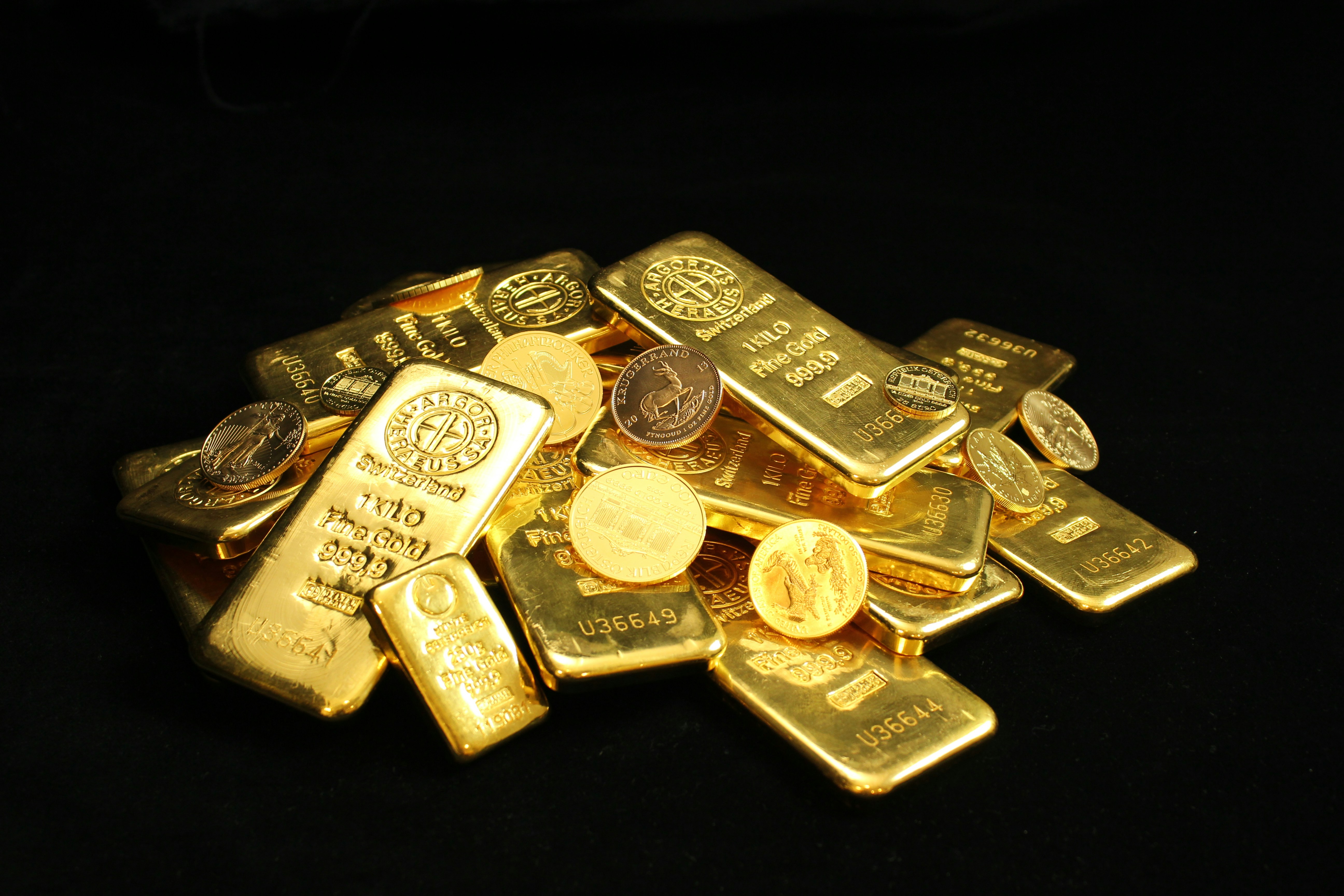Essential Guide To Understanding Second Hand Gold
Second-hand gold represents previously owned gold items, including jewelry, coins, and bullion, that are available for purchase through various channels. Understanding the intricacies of second-hand gold markets helps investors and consumers make informed decisions about acquiring these valuable assets while managing risks and ensuring authenticity.

What is Second-Hand Gold and Its Various Forms?
Second-hand gold encompasses any gold item that has had a previous owner or has been in circulation. The most common forms include estate jewelry, vintage pieces, inherited family heirlooms, and previously owned gold coins or bullion. Scrap gold also falls into this category, consisting of broken jewelry, dental gold, or electronic components containing gold.
Gold jewelry represents the largest segment of the second-hand market. This includes rings, necklaces, bracelets, and earrings in various karats, typically ranging from 10k to 24k gold. Gold coins, both collectible numismatic pieces and bullion coins, form another substantial category. These might include American Eagles, Canadian Maple Leafs, or older coins with historical significance.
Gold bars and ingots, though less common in the second-hand market, do appear when investors liquidate their holdings. Additionally, decorative items like gold-plated objects, watches, and religious artifacts contribute to the diverse landscape of pre-owned gold products.
Should You Consider Buying Second-Hand Gold?
Purchasing second-hand gold offers several advantages that make it attractive to both investors and collectors. The primary benefit is cost savings, as pre-owned gold typically sells below retail prices for new items. This pricing advantage allows buyers to acquire more gold for their investment budget.
Second-hand gold also provides access to unique or discontinued pieces that may no longer be available in the primary market. Vintage jewelry and rare coins often carry additional value beyond their gold content due to craftsmanship, historical significance, or collector demand.
However, buying second-hand gold requires careful consideration of authenticity, purity, and condition. Unlike new gold products that come with guarantees and certifications, pre-owned items may require professional testing and appraisal. The condition of jewelry or coins can significantly impact their value, making thorough inspection essential.
Understanding Second-Hand Gold Prices
Second-hand gold prices fluctuate based on several factors, with the spot price of gold serving as the foundation. The spot price represents the current market value for immediate delivery of gold and changes throughout trading hours based on global economic conditions, currency fluctuations, and supply and demand dynamics.
For second-hand gold, prices typically range from 70% to 95% of the spot price, depending on the form and condition. Gold jewelry generally commands the lower end of this range due to the cost of refining and the presence of other metals in alloys. Pure gold coins and bars usually fetch prices closer to spot value.
Additional factors affecting second-hand gold prices include purity levels measured in karats, weight, craftsmanship quality, and market demand for specific items. Rare or collectible pieces may command premiums above their gold content value, while damaged or heavily worn items typically sell at discounts.
How to Buy Second-Hand Gold Safely
Safe purchasing of second-hand gold requires due diligence and understanding of proper verification methods. Start by dealing with reputable dealers, established coin shops, or certified precious metals merchants. These businesses typically have expertise in gold evaluation and maintain their reputation through fair dealing practices.
Always request testing of gold purity using electronic gold testers or acid testing methods. Professional dealers should be willing to demonstrate the testing process and explain the results. For significant purchases, consider independent appraisal by certified precious metals specialists.
Documentation plays a crucial role in safe transactions. Request receipts that detail the gold content, weight, and price paid. For collectible coins or valuable jewelry, obtain certificates of authenticity when available. Compare prices across multiple dealers to ensure fair market value, and be wary of deals that seem too good to be true.
Verifying Second-Hand Gold Legitimacy
Authentication of second-hand gold involves multiple verification steps to ensure you’re purchasing genuine precious metals. Visual inspection provides the first line of defense against counterfeit gold. Look for hallmarks, stamps, or engravings indicating gold purity, manufacturer information, or country of origin.
Professional testing methods include electronic gold testing, which uses conductivity to determine gold content, and acid testing, which involves applying nitric acid solutions to small scratches on the gold surface. X-ray fluorescence spectroscopy offers the most accurate testing but requires specialized equipment typically found at professional facilities.
For gold coins, research the specific coin’s characteristics, including weight, dimensions, and design details. Counterfeit coins often have incorrect specifications or poor reproduction quality. Magnetic testing can help identify fake gold, as genuine gold is not magnetic, though this test alone is insufficient for complete verification.
| Provider Type | Services Offered | Typical Pricing Range |
|---|---|---|
| Local Coin Shops | Gold buying/selling, testing, appraisal | 80-90% of spot price for coins, 70-85% for jewelry |
| Precious Metals Dealers | Bullion, rare coins, estate jewelry | 85-95% of spot price for bullion, varies for collectibles |
| Pawn Shops | Quick cash transactions, basic testing | 60-80% of spot price, lower end for jewelry |
| Online Dealers | Wide selection, competitive pricing | 75-90% of spot price plus shipping costs |
Prices, rates, or cost estimates mentioned in this article are based on the latest available information but may change over time. Independent research is advised before making financial decisions.
Second-hand gold represents a viable option for investors and collectors seeking to acquire precious metals at competitive prices. Success in this market requires understanding the various forms of pre-owned gold, implementing proper verification procedures, and working with reputable dealers. While the second-hand gold market offers opportunities for cost savings and unique acquisitions, careful attention to authenticity and fair pricing remains essential for making sound purchasing decisions. Whether you’re building an investment portfolio or seeking specific pieces for collection, the second-hand gold market provides access to precious metals with proper knowledge and precautions.




